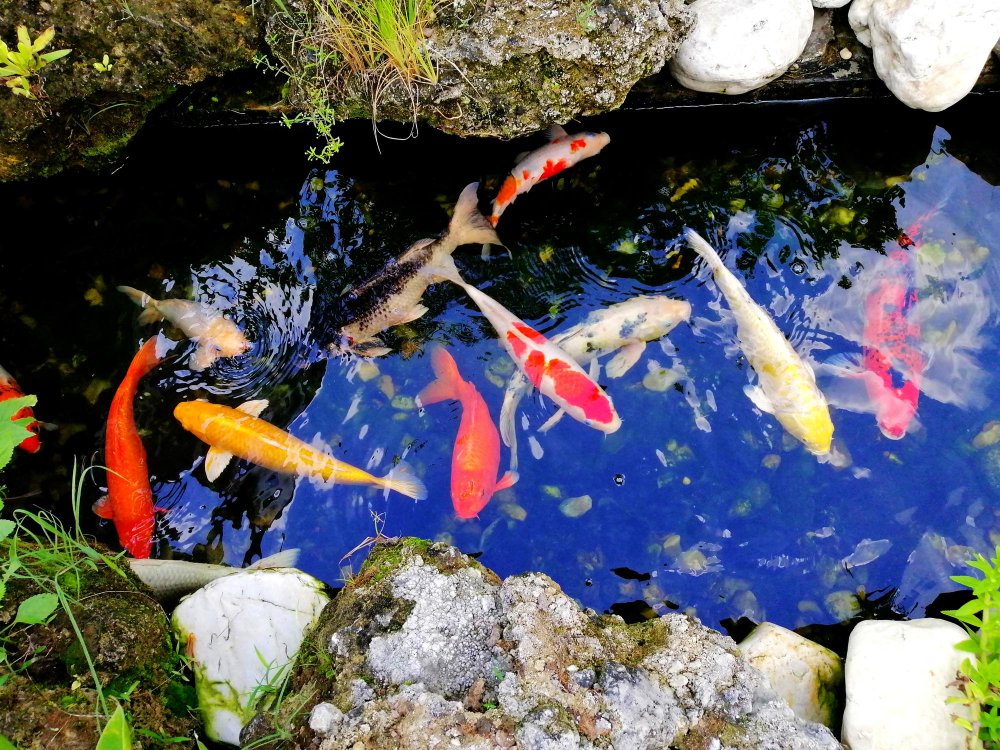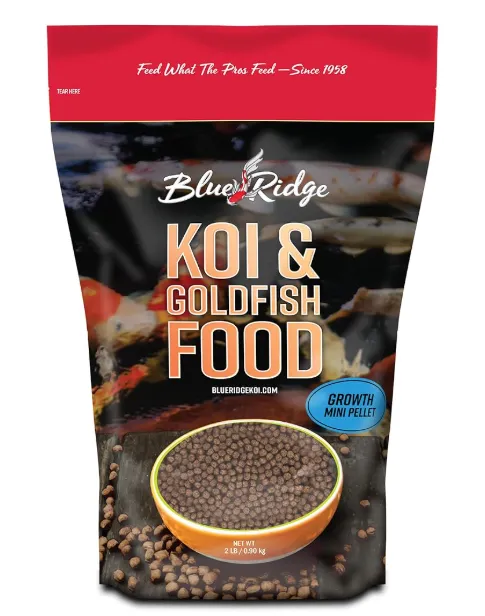

Habitat for Koi Fish: A Comprehensive Guide for Thriving Aquatic Beauty
Habitat for Koi Fish, Creating the ideal habitat for koi fish is more than setting up a pretty pond—it’s about engineering a balanced ecosystem where your koi can live, grow, and shine like the aquatic jewels they are. Whether you’re a newbie or an experienced koi enthusiast, this guide will walk you through everything you need to know to build a koi-friendly environment that impresses and thrives.
Why Is the Right Habitat Crucial for Koi Fish? Habitat for Koi Fish
Understanding the Unique Nature of Koi Fish
Koi fish, descendants of wild carp, are renowned for their vivid colors, graceful movements, and surprisingly social behavior. These hardy creatures are not only a symbol of good luck in many cultures but are also resilient when their habitat is tailored to their needs.
The Role of a Well-Balanced Ecosystem
A koi pond isn’t just a body of water—it’s a microhabitat. From water quality to temperature stability, every factor plays a pivotal role in the health and longevity of your koi. Ignoring these details can lead to stress, illness, and even fatalities.
Essential Components of a Koi Fish Habitat
Proper Pond Dimensions
The Ideal Size
Your pond should be at least 1,000 gallons. Larger ponds (think 3,000 gallons or more) offer better stability for water conditions and give your koi ample space to swim freely.
Depth Considerations
A depth of 3-4 feet is ideal for maintaining stable temperatures and protecting koi from predators. Deeper ponds also allow koi to hibernate safely during colder months.
Water Quality Maintenance
Filtration and Aeration Systems
A robust filtration system is your first line of defense against poor water quality. Pair this with a reliable aeration system to keep oxygen levels optimal. Think of these systems as the lungs and liver of your pond.
Balancing pH and Temperature
The ideal pH level for koi ranges between 7.0 and 8.5. Temperature-wise, aim for 65–75°F (18–24°C), with minimal fluctuations to avoid stressing the fish.
Importance of Sunlight and Shade
Koi love a mix of sun and shade. Direct sunlight enhances their vibrant colors, while shaded areas provide respite during hot summer days. A well-balanced lighting environment keeps them comfortable year-round.
Building and Enhancing Your Koi Pond Habitat for Koi Fish
Choosing the Best Location
Select a spot with partial sunlight, away from trees to minimize leaf debris. Proximity to a water source is a bonus for easier maintenance.
Materials and Construction Tips
Liners vs. Concrete
Liners are flexible, cost-effective, and perfect for custom shapes, while concrete ponds are durable and ideal for long-term setups. Choose based on your budget and design goals.
Adding Natural Elements
Incorporate features like rocks, aquatic plants, and waterfalls to create a natural aesthetic and functional environment. These elements not only look good but also support a thriving ecosystem.
Landscaping and Aquatic Plant Selection Habitat for Koi Fish
Plants That Complement Koi Ponds
Consider aquatic plants like water lilies, lotus, and hyacinths for shade and beauty. Submerged plants like anacharis and hornwort improve water oxygenation.
Balancing Aesthetics with Functionality
A visually appealing pond is great, but it should also serve a purpose. Use plants to filter water naturally, reduce algae growth, and provide koi with hiding spots.
Feeding and Nutrition in Koi Habitats
Designating Feeding Zones
Establish a specific area in your pond where you regularly feed the koi. This creates a routine, encourages interaction, and minimizes food waste.
Nutritional Needs of Koi
Offer a balanced diet of high-quality pellets supplemented with fresh fruits, vegetables, and occasional treats like shrimp. Tailor their diet based on the season and water temperature.
Seasonal Care for Your Koi Fish
Summer Tips
Provide extra aeration and monitor water temperatures closely to prevent overheating. Consider adding shade structures or aquatic plants for extra coverage.
Winter Preparations
In colder climates, use a pond heater or de-icer to prevent water from freezing. Reduce feeding as koi enter a state of hibernation.
Troubleshooting Common Koi Pond Issues
Dealing with Predators
Install protective measures like netting or motion-activated sprinklers to deter birds, raccoons, and other predators.
Managing Algae Blooms
Control algae with UV sterilizers, barley straw, or natural algae-eating organisms like snails and certain fish species.
Preventing Disease Outbreaks
Regular water testing, proper quarantine procedures for new fish, and maintaining optimal water quality are key to disease prevention.
Conclusion Habitat for Koi Fish
A koi fish habitat is more than a pond; it’s a dynamic, living ecosystem that requires careful planning and maintenance. By following these guidelines, you can create a haven where your koi can flourish while adding unmatched beauty to your backyard.
FAQs Habitat for Koi Fish
How deep should a koi pond be?
A minimum of 3 feet is recommended to ensure safety from predators and temperature stability.
What plants are best for koi ponds?
Water lilies, lotus, and submerged plants like anacharis are excellent choices.
How do I maintain water quality?
Invest in a good filtration system, regularly test water parameters, and clean debris promptly.
Can koi fish live with other species?
Yes, koi can coexist with peaceful species like goldfish and minnows. Avoid aggressive or territorial fish.
How do I protect koi from predators?
Use pond netting, add hiding spots, or install motion-activated sprinklers to deter predators.
You may also like
- https://giobelkoicenter.com/buying-koi-fish/
- https://giobelkoicenter.com/what-does-the-koi-fish-represent/
- https://giobelkoicenter.com/koi-fish-sickness-symptoms/
- https://giobelkoicenter.com/caring-for-butterfly-koi/
- https://giobelkoicenter.com/how-to-transport-large-koi/
- https://giobelkoicenter.com/seasonal-care-for-your-koi-pond/